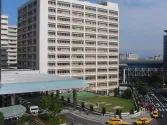
Here is Singapore's largest Clean Development Mechanism project
It has a whopping 800-MW capacity.
PacificLight Power Pte Ltd (PLP) has announced that its 800MW state-of-the-art Combined Cycle Gas Turbine (CCGT) power plant has been successfully registered as a Clean Development Mechanism (CDM) project under the United Nations Framework Convention on Climate Change.
According to a release from PacificLight, this makes it the largest CDM project in Singapore.
The CDM recognises projects that contribute to sustainable development and emissions reduction by enabling registered project activities to earn Certified Emission Reduction (CER) credits, each equivalent to one tonne of CO2.
These credits can be traded and are used by industrialised countries to meet a part of their emission reduction targets under the Kyoto Protocol.
Here's more from PacificLight:
The Project was supported by the National Environment Agency (NEA) of Singapore when it granted the Letter of Approval (LOA) to the Project in April 2013. NEA is the Designated National Authority (DNA) for CDM projects implemented in Singapore.
PLP CEO, Mr Yu Tat Ming, said, “The successful registration of our $1.2 billion power plant as a CDM project activity bears testament to our high efficiency level and our commitment to the environment. We are not only the first power plant in Singapore to be fully fuelled by LNG but our advanced technology has also been recognised on a global scale for maximising efficiency and reducing our impact on the environment.
“As we strive to become the preferred electricity retailer in Singapore, we remain mindful that one of our core company values is social responsibility. The team at PLP recognises the importance of using resources wisely in the environment in which we operate and that maximising our efficiency also benefits our consumers by reducing energy costs.
“We are proud to be recognised under the CDM and to contribute to the reduction of greenhouse gas emissions,” Mr Yu Tat Ming said. PLP’s power plant is the only fossil fuel-based power project of the five registered CDM projects in Singapore.
The cleaner electricity generated by the plant will help to fill the gap in the projected power deficit in the Singapore National Grid which would have otherwise been generated by more carbon-intensive fossil fuels and less-efficient older power plants.
Situated on Jurong Island, the power plant features the latest F-class gas turbines from Siemens.
In addition to other efficiency-boosting features, the F-class gas turbines are designed to comply with stringent international emissions standards and ramp up its full capacity in 60 minutes, making it one of the most efficient and flexible power plants operating in the region.


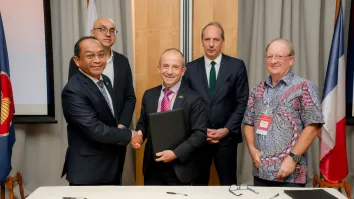

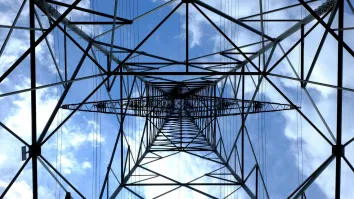

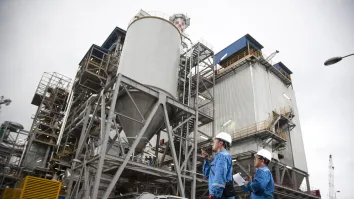
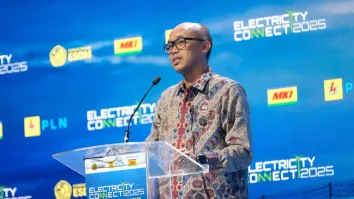



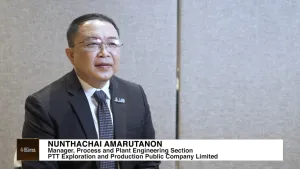


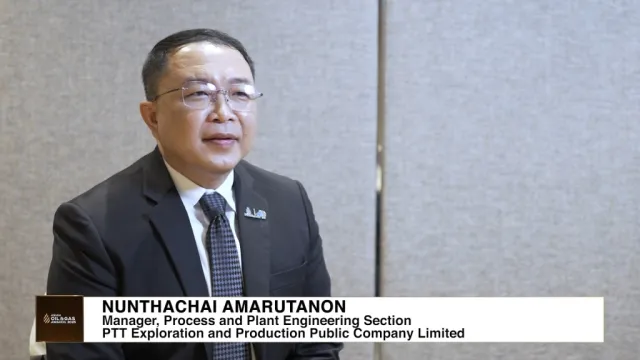

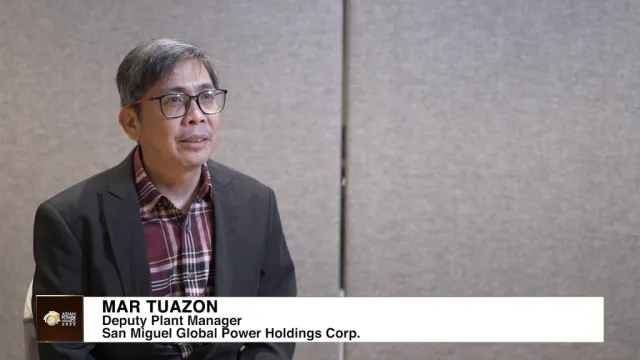
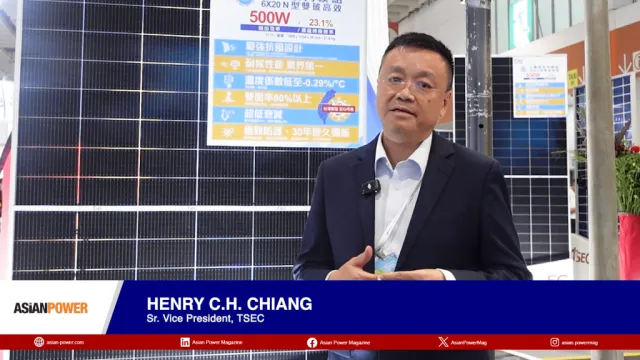

 Advertise
Advertise






